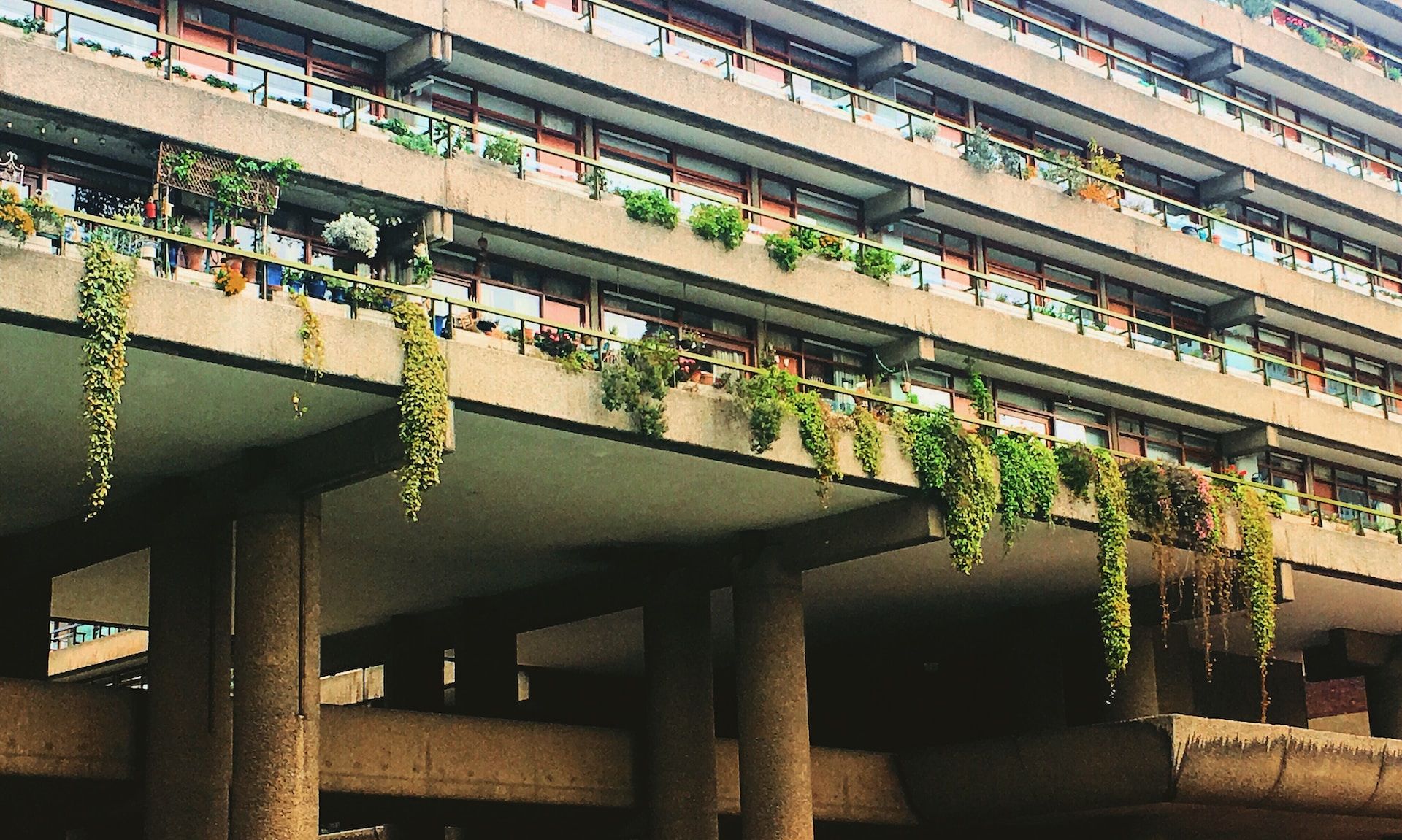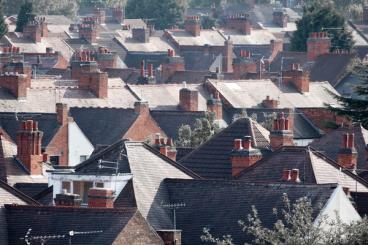What happened to house prices in 2008?
Introduction
The late 2000s marked a turbulent time for the UK housing market, culminating in the crash of 2008. Prices had risen rapidly from 2000 onwards as credit was easy and speculation rampant. By 2007, the average house price hit an all-time high of £197,000 after more than doubling over 7 years. However, this bubble proved unsustainable once the global financial crisis struck. Over 2008, prices fell nearly 16% in the biggest annual drop since records began. In this post, we’ll review the dramatic rise and fall of the UK housing market during this volatile period before and after the 2008 crisis.
The Housing Bubble
Lax Lending Standards
In the early 2000s, house prices across the UK began rising rapidly as credit conditions became very easy and speculative buying took hold. Between 2000 and 2007 alone, average prices increased over 190%. This dramatic growth was fuelled by factors like lax lending standards that allowed buyers to take on huge mortgages they could barely afford.
Housing as a financial instrument
There was also a surge of buy-to-let investors snapping up properties for short-term gains. Banks further propelled price growth by packaging up risky subprime mortgages as financial instruments and selling them on. This flooding of easy credit into the housing market pushed prices upward relentlessly. By 2007, the average UK house price had hit a peak of £197,000, more than double where it had been just 7 years prior. There were clear signs that prices had become dangerously detached from fundamentals like local incomes. But the speculative frenzy continued unabated, pumped up by the availability of cheap debt.
In hindsight, such rapid, unsustainable growth clearly indicated a bubble had formed in the UK housing market, one that could not be sustained.
The 2008 Crash
How much did house prices drop?
When the US subprime mortgage crisis went global in 2008, it acted as the trigger that burst the overinflated UK housing bubble. Over the course of 2008, average prices fell nearly 16% as the market went into freefall. By early 2009, the average house price had bottomed out at £154,000, a huge plunge from the peak of £197,000 in 2007. This represented the most severe yearly decline since modern house price records began.
A toxic cocktail of factors came together to create the perfect conditions for a housing crash. The global credit crunch made mortgages much harder to obtain for potential buyers. There was also a wave of mass defaults on mortgages that had been unaffordable at their outset. With the wider economy entering recession, unemployment began to rise rapidly, leaving more mortgage-holders unable to make payments.
These defaults and job losses crushed demand in the housing market. At the same time, an oversupply of newbuilds constructed during the boom years came onto the market. This perfect storm led to panic selling from desperate homeowners and a wave of repossessions by lenders. The housing mania that had gripped the UK during the bubble years came to an extremely harsh end.
The Aftermath
The 2008 crisis led to lasting changes in the UK housing market.
Stricter mortgage regulation made lending more responsible. This prevented a repeat bubble emerging when prices recovered.
While values did regain ground, the pace of growth remained relatively moderate over the 2010s. This created a more sustainable, less volatile market.
For buyers, the crash delivered a long period of improved affordability. This helped first-time buyers get onto the property ladder.
How does this compare to today?
During the COVID-19 pandemic, house prices saw robust growth. Between March 2020 and March 2022, average UK house prices increased by around 21% according to Nationwide data. This represents some of the strongest growth rates ever recorded in a two year period.
Every region of the UK saw double-digit price inflation during the pandemic. For example, prices in Wales were up 24%, Scotland saw a 20% increase, while London was at the lower end at 12%.
This was caused by a combination of factors, such as, but not limited to
- Demand heavily outpaced supply during the pandemic, fueling bidding wars and rapid price rises,
- Factors like stamp duty holidays, shifting home preferences, low interest rates and high savings levels contributed to the boom.
- Household saving in the UK as a proportion of household resources increasingly significantly as a result of national closures
How doesn't this compare to today?
The market today looks less prone to a similarly sudden and severe crash, and there are some notable differences to be aware of.
- In 2008, easy credit, lax lending standards and speculation drove unsustainable price growth. Modern prices have been fuelled more by fundamental demand-supply imbalances.
- The 2008 crash was triggered by a global financial crisis. Today's market has been shaped more by COVID-driven trends like remote work.
- Mortgage regulation was loose in 2008, allowing high-risk lending. Regulation is stricter today, with stress testing and affordability checks.
- In 2008, buyer demand collapsed abruptly. Despite prices beginning to decline recently, demand remains very high today, acting as a counter-weight.




